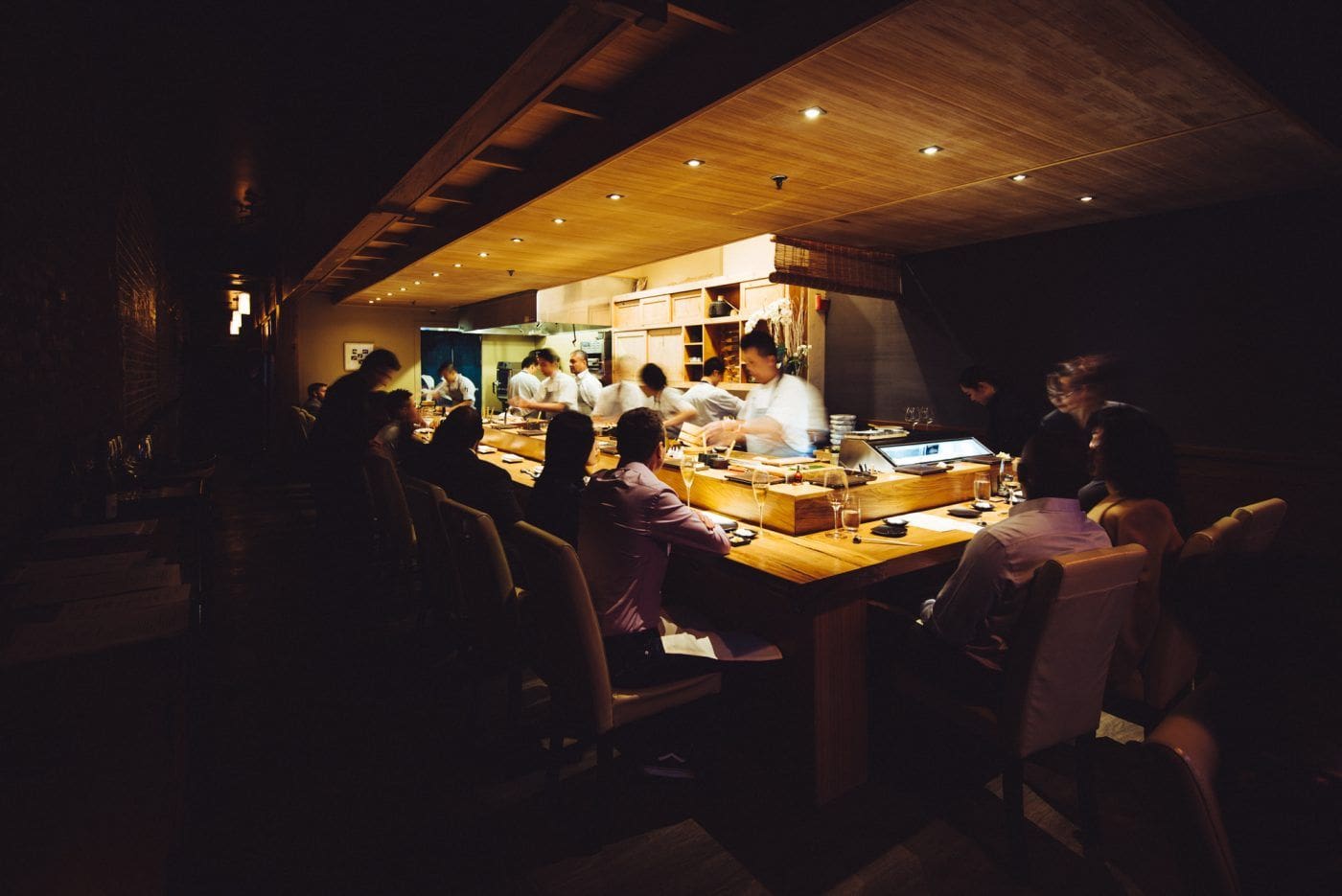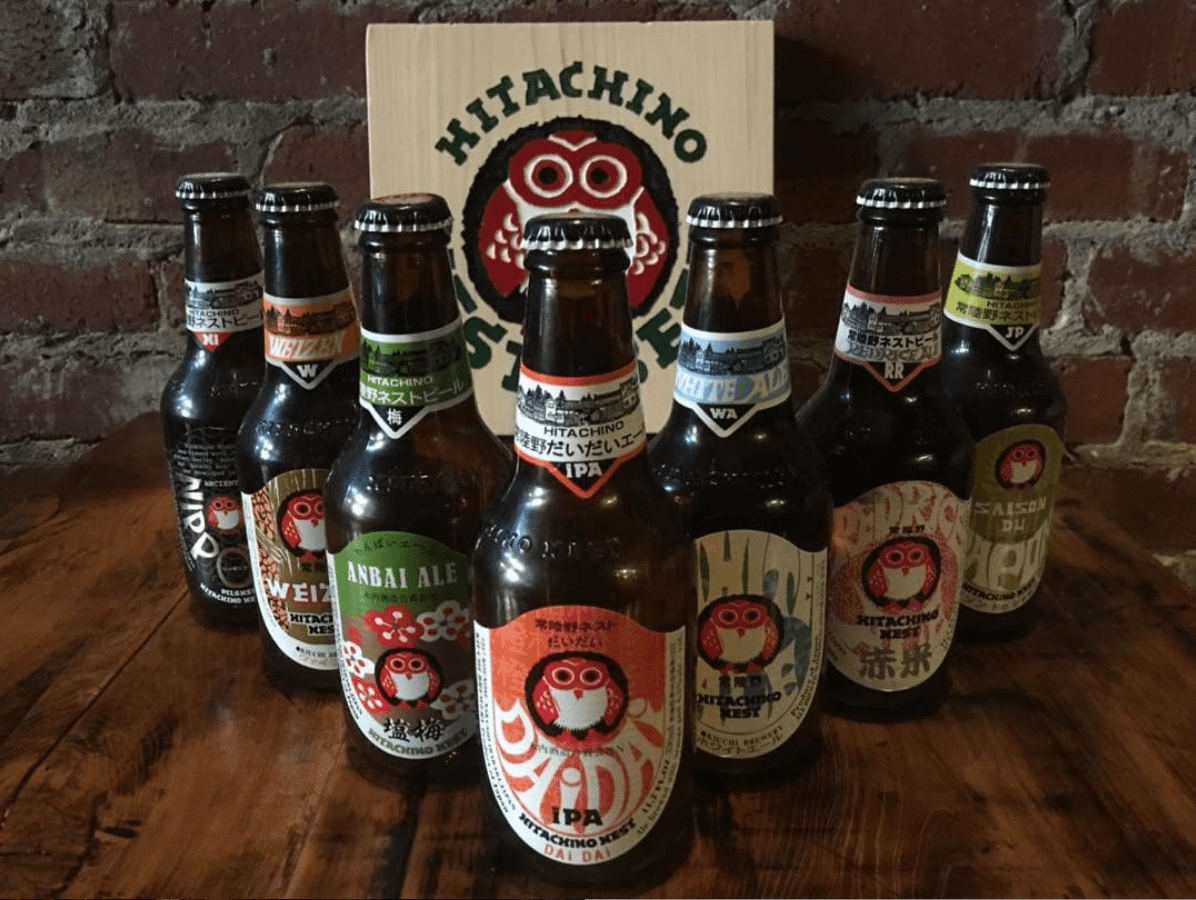
Japanese Mochi – a Good Dessert Option for Singaporeans
Do you have a sweet tooth?
Singapore is no stranger to the world of desserts, its local food scene featuring an assortment of amazing desserts – from Western varieties like cakes, cookies, and ice cream, to the more traditional kuehs and sweet treats.

In recent years, Japanese mochi desserts have become more ubiquitous, rising the ranks to becoming a household sweet treat for many Singaporeans. Its charm? The soft and chewy texture that mochi is well-known for.

What is mochi?
Mochi refers to small and sweet Japanese cakes made with glutinous rice flour (mochiko) or pounded steamed rice. Notably, mochi has a taste reminiscent of rice, but it comes with a sticky, stretchy, soft, and chewy texture. Unbeknownst to some, mochi is a highly versatile dish, with a variety of flavor possibilities and has thus been commonly featured in a number of different Japanese dishes. You can typically find balls of mochi in a popular Japanese dessert called anmitsu, which comprises agar jelly, red bean paste, fruits, mochi balls, and occasionally ice cream, topped with sweet syrup drizzled over it. Different regions of Japan also features their own mochi specialties. Additionally, mochi is also widely used in home-cooked Japanese cuisine. A typical piece of mochi is a sticky and stretchy dough comprising rice that has been pounded until smooth and can assume several sweet and savory forms.
How is mochi made?
Mochi consists of glutinous, short-grain rice called mochigome, or mochi rice, which is famous for having a chewier texture than regular rice. The mochigome is first soaked in water overnight before it is steamed, and eventually mashed and pounded into its soft, sticky state. Making mochi the traditional way entails a mortar and a heavy mallet, and requires the efforts of at least two people. The process of pounding the rice into mochi is known as mochitsuki.

One person is needed to pound the mochi, while the other person turns it over and adds water to get the right consistency and texture.
Traditionally, mochitsuki is hard work, but alongside technological advancements, there are machines available today that are used to make mochi. Nonetheless, making mochi together with family and friends is still a tradition widely practiced throughout Japan, as a part of Japan’s New Year celebration. An activity where teamwork is key, mochitsuki naturally brings people together and generates conviviality.
Once the mochi mixture becomes smooth and stretchy, you can cut it into smaller, bite-sized pieces where it is immediately available for consumption in a variety of ways.
That being said, freshly-made mochi will become hard as time passes. To preserve it, people usually set aside some mochi, dry or freeze it to store for up to a year. Whenever they wish to consume the preserved mochi, they can boil or grill it, enabling it to return to its original chewy and stretchy texture.
When you stroll through an Isetan supermarket branch in Singapore, expect to discover various types of delectable looking and tasting mochi. After all, mochi is mainly used in many types of wagashi (Japanese sweets) that are frequently paired with Japanese matcha green tea, as well as in various savory Japanese dishes. Here are some of the more popular mochi desserts or dishes:
1. Daifuku Mochi

A kind of mochi that is big, soft, and round. It usually features a filling of anko, or sweet red bean paste, wrapped inside the mochi.
2. Isobe-maki/Isobe-yaki

Isobe-maki or isobe-yaki consists of individual slices of mochi that are grilled, wrapped in nori seaweed, which are then dipped or coated in soy sauce.
3. Kinako Mochi/Abekawa Mochi

Kinako-mochi or Abekawa-mochi is a type of mochi that is doused with sweetened kinako (soybean powder) that tastes amazing when freshly made and served warm.
4. Hanabira Mochi

Hanabira, (which means “flower petal” in Japanese) mochi often comes as a half-moon shaped dessert. It typically features a thin layer of white, almost translucent mochi skin which envelops an interesting filling: a long slice of burdock root with red bean paste. It is usually easy to detect the pinkish-tint of the filling through the mochi.
5. Sakura Mochi

This extra-sweet pink mochi is usually available during springtime for the annual hanami, or cherry blossom viewing season. An edible, salty Sakura blossom leaf surrounds this type of mochi that typically contains red bean paste, creating a contrast of sweet and savory flavors.
6. Warabi Mochi

This type of mochi is a tad different from traditional Japanese mochi. However, owing to its slimy and sticky texture, it is also deemed as a type of mochi. Warabi mochi is made from bracken starch instead of rice powder, leading to its jelly-like consistency. This mochi type is generally rolled in kinako, also called soybean powder, and sometimes consumed with a dash of kuromitsu, or black sugar syrup.
7. Mochi Ice Cream

This type of mochi contains an ice-cream filling instead of the usual red bean paste one.
8. Mochi Cakes/ Mochi Donuts

Both mochi cakes and donuts are contemporary takes on the traditional Japanese mochi. Mochi cake uses glutinous rice flour for its bouncy and chewy texture. Mochi donuts, a popular Japanese pastry that is also known as poi mochi, can be said to be a fusion pastry blending traditional Western doughnuts and Japanese mochi.
9. Mochi Waffles/Mochi Taiyaki

These waffles have a golden-brown exterior that tastes crunchy when it is done. They are soft and chewy on the outside, most probably because of the sticky texture of the sweet rice flour. These delicious Japanese fish-shaped waffles, or taiyaki for short, boast a soft interior with mouth-watering azuki bean paste inside. When made with mochi flour, these mochi taiyaki can be a chewy and decadent treat!
Innovative Mochi Flavours in Singapore
What is more, new and innovative mochi dessert fillings have slowly made their debut onto Singapore's food scene as well. From salted egg yolk cream to novel creations showcasing local tropical fruits, there is always something new to discover in Singapore. During stringent government lockdowns as a result of COVID-19, many Singaporeans took an interest in creating their own desserts, amongst them includes mochi. A renewed interest in baking propelled online searches for flour when Singaporeans were stuck at home due to these government- imposed lockdowns. In 2022, a Straits Times report revealed that there has been more searches for flour compared with other basic food items like noodles and milk, following Google Trends search data, an indexed measure of how popular a keyword is in any given location at any given time. Demand for desserts and alcoholic beverages doubled, with frozen yogurt leading the increase for desserts, ride-hailing service provider Grab reported.
Moreover, supermarkets have witnessed brisk sales during the circuit breaker period, with many families now making meals and desserts at home more often than usual. With more time to spare, more people turned to baking. Stores selling baking ingredients have had to deal with long lines, and popular media platforms like The Smart Local (TSL) published articles on how to make Japanese desserts at home during periods of travel restrictions. The mochi trend has certainly gained momentum in Singapore in recent years. Today, this increasingly viral Japanese rice cake can be found in all shapes and sizes, from popular mochi ice cream to chewy and lip-smacking mochi doughnuts. From home-based businesses to swanky bakery chains, Singaporeans looking to get their mochi fix need not only head to Japan. Rather, they can satisfy their mochi cravings in their own backyard, with the sheer prevalence of mochi offerings in Singapore alone!
Itadakimasu!
Sample mochi recipe adapted from TSL Singapore:
- Ingredients:
-
- 1 cup of mochiko rice flour
- 2 cups of sugar
- 3/4 cup of water
- Cornstarch for dusting the dough
- Steps:
-
- Mix the flour and water together until it attains a soft dough-like consistency. Add more water slowly if necessary.
- Steam the mochi for about 20 minutes.
- Transfer the mochi to a pot. Over low to medium heat, add in a third of the sugar and blend it with the mochi until it’s completely dissolved. Add another third and do likewise until all of the sugar is dissolved into the mochi. Although this amount of sugar may seem like a lot , it helps keep the mochi soft and chewy. Decrease the amount of sugar if you are going to serve it right away.
- Once the mochiko is soft, sticky, and shiny, transfer it to a tray layered with cornstarch.
- Dust your hands with some cornstarch to help prevent burns.
- Shape and serve the mochi.






